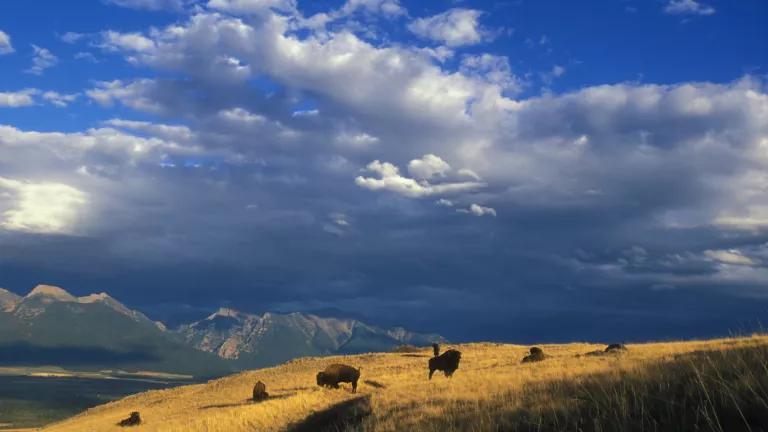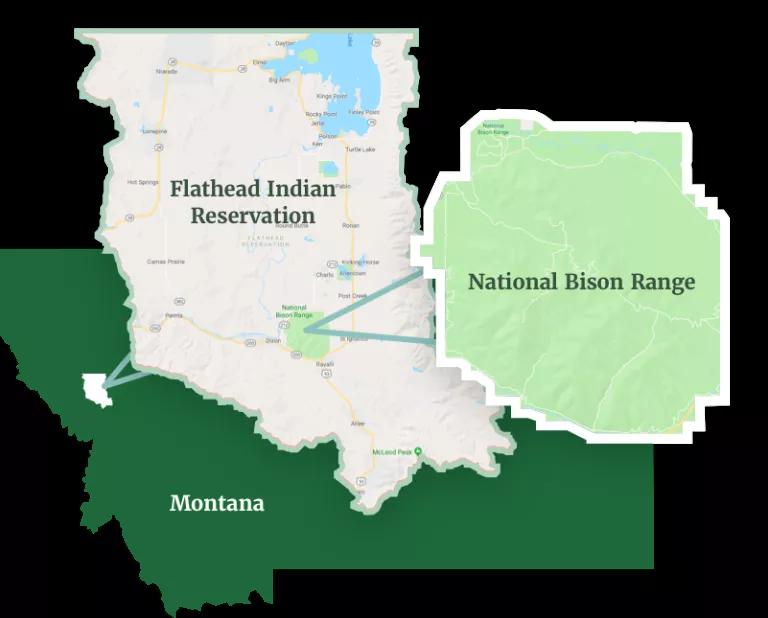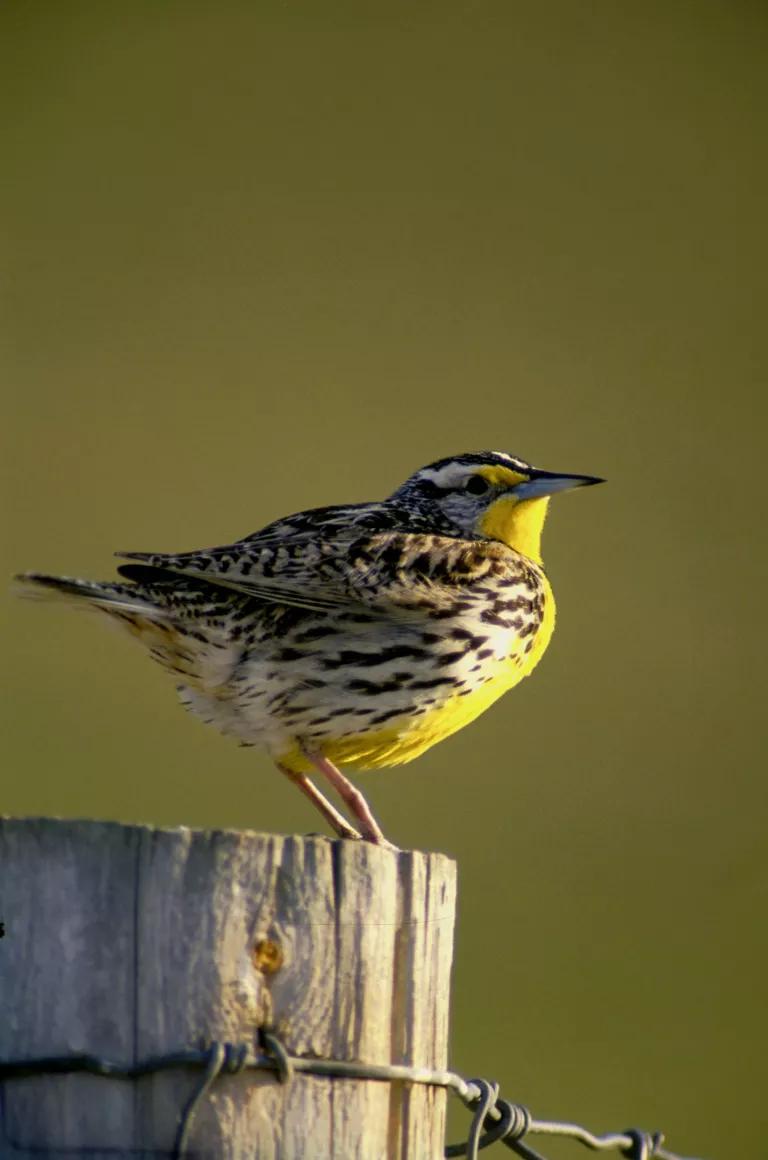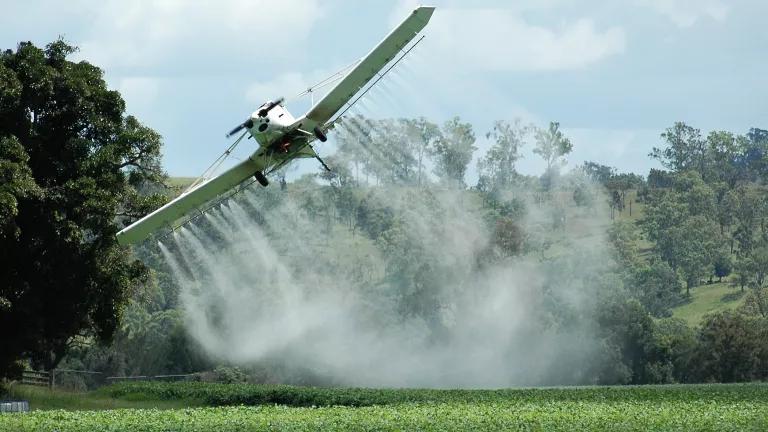A Clear Path for the National Bison Range

Credit: USFWS/https://flic.kr/p/9isXZd
It’s time to return the National Bison Range to the Confederated Salish and Kootenai Tribes (CSKT or Tribes). Luckily, there is now a clear path to making that a reality.

The National Bison Range—an 18,766-acre national wildlife refuge managed by the U.S. Fish and Wildlife Service—is located in the center of the Flathead Indian Reservation on land that was once held in trust for the CSKT. The 1855 Hellgate Treaty reserved the Flathead Indian Reservation—including the land that is now the wildlife refuge—for the Tribes. However, in 1908, the federal government seized the land without the consent of the CSKT. This act is one of countless injustices perpetrated by the federal government against the CSKT and other Indigenous nations since our country’s inception.
The CSKT have long sought to be reunited with this land and its buffalo, and to once again participate in their management. Thanks to the work of Montana Senators Steve Daines and Jon Tester, there is now a vehicle—The Montana Water Rights Protection Act (S. 3019)—that can make that happen.
This legislation recognizes that exceptional circumstances led to the creation of the National Bison Range and it is now time for Congress to return the land to the CSKT. If passed, the U.S. would hold the land in trust for the CSKT for continued bison and other wildlife management, education, and public access. The bill also ratifies the Tribes’ Water Compact.
Returning the Bison Range to the CSKT

If passed, the Montana Water Rights Protection Act would honor the Tribes’ long conservation legacy. It would reunite the Tribes’ members with land that carries cultural and spiritual significance to them. It would also position the bison range to be managed by the Tribes as part of a much larger complex of lands conserved for fish, wildlife, and cultural conservation. Furthermore, it would provide the CSKT the opportunity to share their rich heritage and history with all who visit the bison reserve in the future.
We’re grateful for Senators Daines and Tester’s leadership to right this wrong and have urged Congress to make it law.



